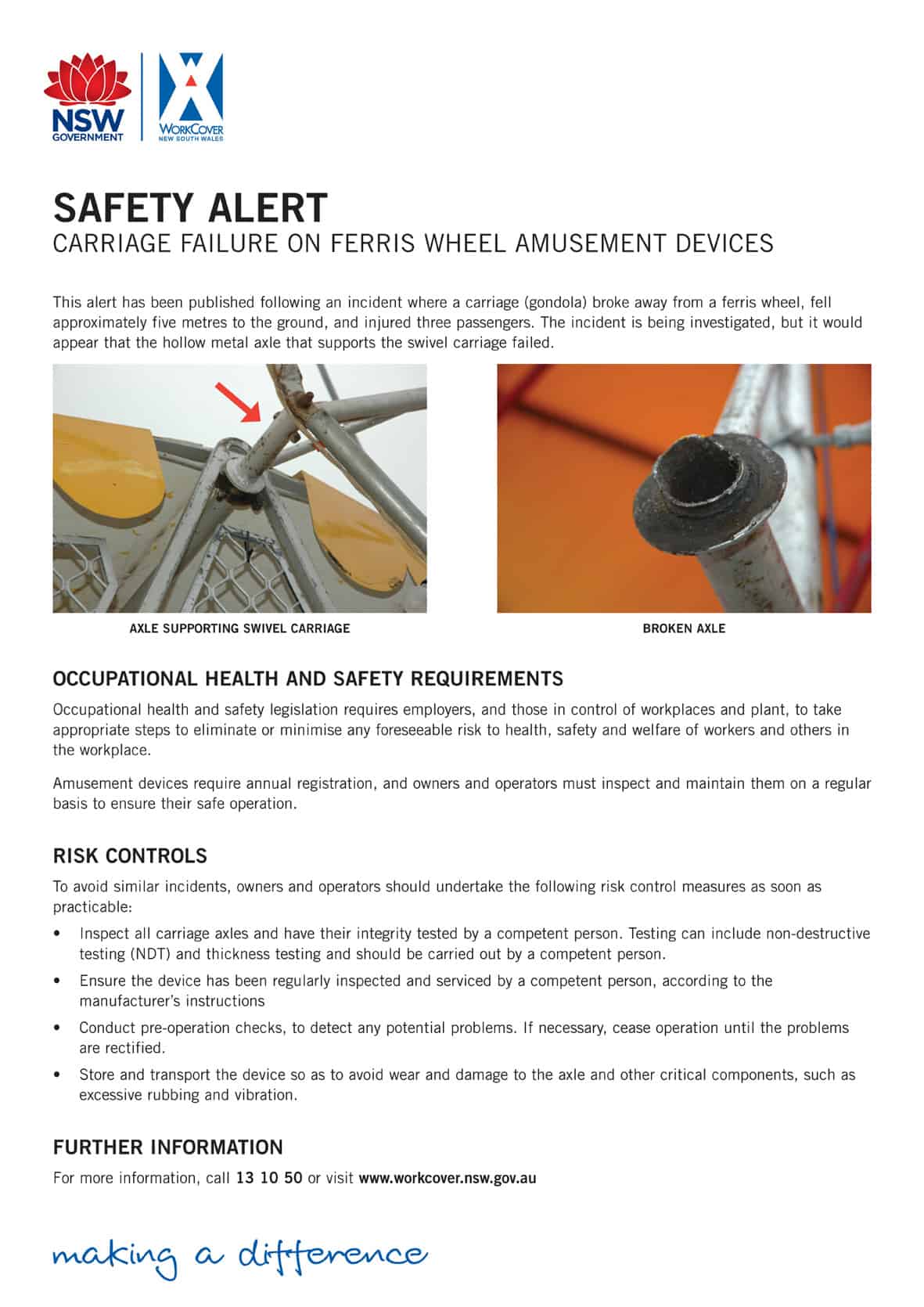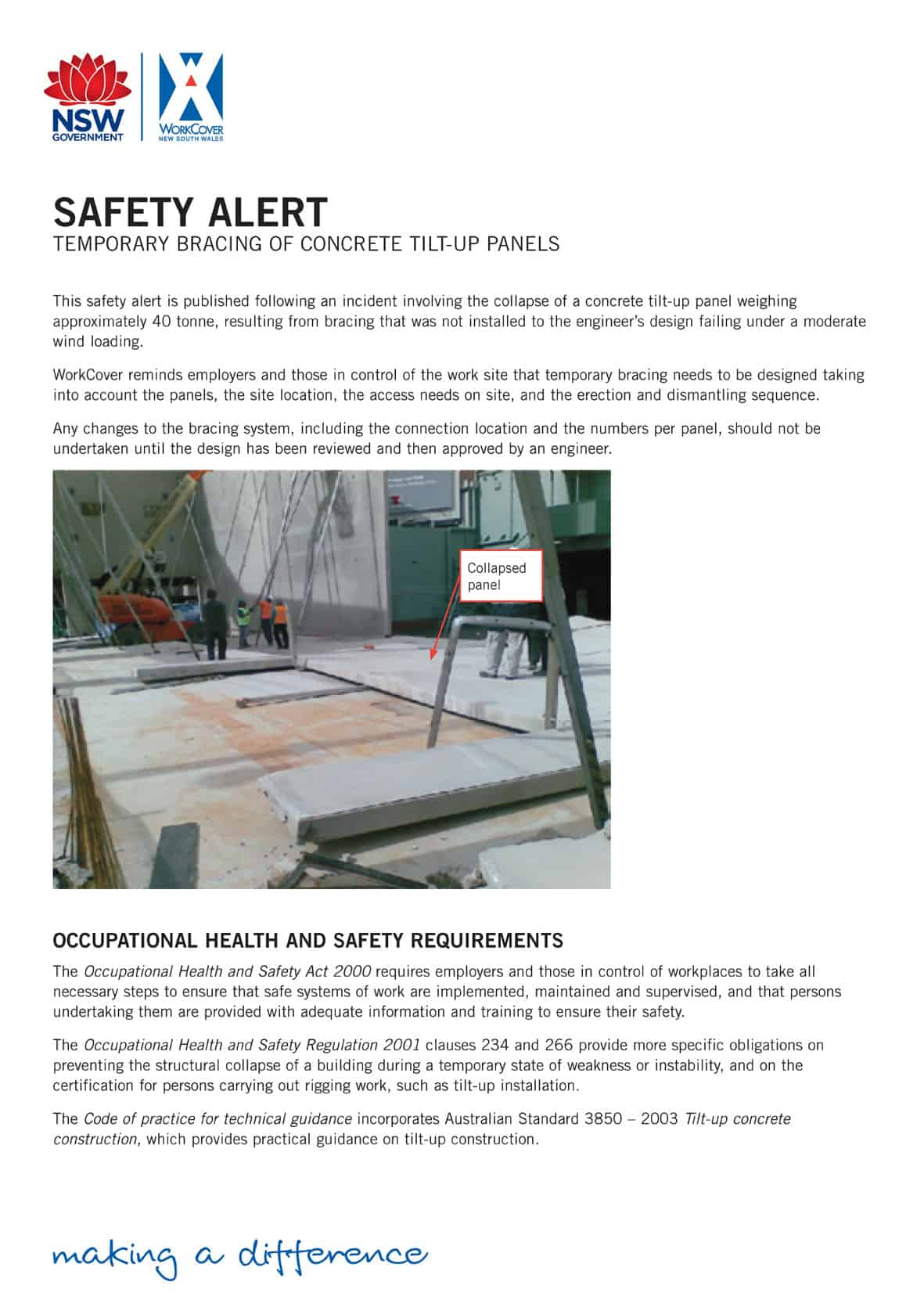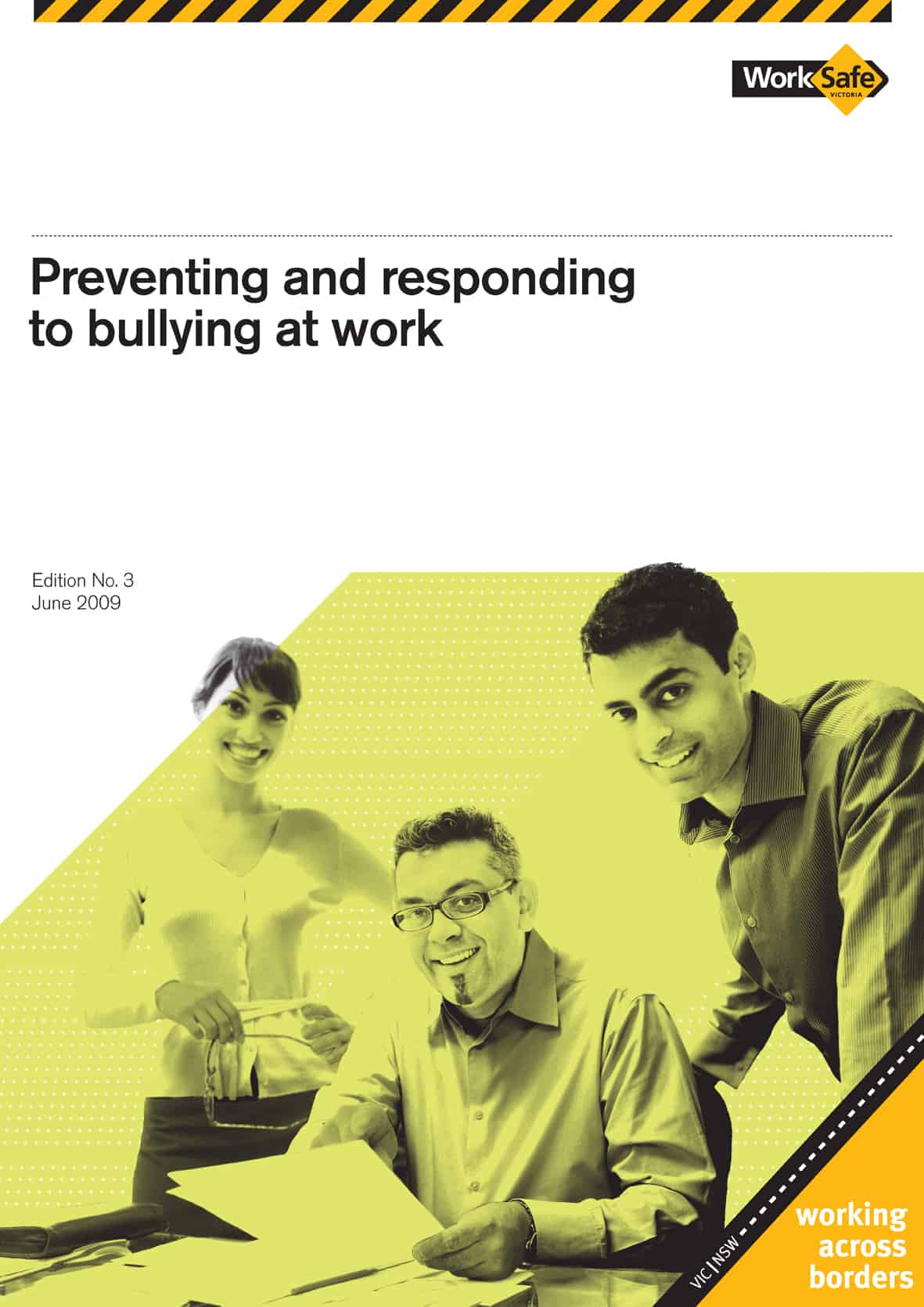Day 2 of the Safety In Action Conference is almost over and I am confused. Some speakers say that safety cannot be improved without commitment from the most senior executives of a company. Others are saying that safety improvement can be best achieved by trusting employees.
One speaker questioned the validity of the risk management approach to safety. A colleague argued that this was not a return to prescriptive legislation, regulation and codes of practice but an opportunity for companies to assess their needs and set their own “rules” of compliance based on the risk assessment results, effectively determining their own level of OHS compliance.
Another speaker speculated that a particular Federal Minister may have been prosecuted under the model Work Health & Safety Act if Ministers had not been excluded from their duty of care.
Some see new the OHS laws as revolutionary, others see it as tweaking a legislative approach that is over 30 years old.
Some speakers I found thought-provoking, others thought these were facile and had lousy PowerPoint skills.
What this Safety In Action Conference in Australia has not been is dull. Continue reading “Australian safety conference – confused but in a good way”




